Artist studios have long been mythologized as a hallowed private space, where artists are swept up in the frenzy of creation or host fabled meetings of the minds.
Renaissance giant Leonardo da Vinci kept his studio small to discipline his mind and avoid distractions. Andy Warhol made his Factory into a socialite-packed party, reinventing the studio as a hub for experimentation. But there have been tragic associations, too: Abstract Expressionist pioneer Mark Rothko ended his life in his cavernous atelier.
Whatever the circumstances may be, artist studios are alluring in their seclusion. “Since their earliest days, artist studios have been defined by their isolation from the outside world,” photographer Marco Anelli said from his apartment in New York City. “And us photographers love to capture things others can’t access.”
Anelli’s new book “Artist Studios New York,” published by Damiani, offers a fascinating glimpse into the living and working quarters of some of the world’s most accomplished creators.
From 2011 through 2019, Anelli – whose most well-known project involved documenting Marina Abramović as she sat for over 700 hours for her 2010 performance “The Artist is Present,” – captured 43 artists including Abramović, Shirin Neshat, Joan Jonas and Matthew Barney in the intimate seclusion of their workspaces. Anelli’s book speaks to the enduring mystique and magic of artist studios, where myriad materials and concepts re-emerge as objets d’art.

The artists’ radically different set-ups provide telling clues about their personalities. There’s the Brooklyn reading room of late film world iconoclast Jonas Mekas, with a twin mattress sardined between a cluttered bookshelf and computer table. On Long Island, painter Ryan Sullivan wears a full hazmat suit to blast pigmented materials onto a canvas in his industrial studio-lab.
The artist’s atelier can serve any number of purposes, ranging from secluded workshops to factory-like setups where entire teams carry out an artist’s vision.
“Some artists function like company CEOs, managing huge factories with assistants executing multiple projects simultaneously,” Anelli said. The spaces of more established artists, such as painter Julian Schnabel or installation artist Alfredo Jaar, often look like “a beautiful gallery” or “a slick showroom,” he added, whereas younger artists seemed less concerned with removing the traces of their all-consuming process. “In such chaotic spaces, you can sense the out-of-control creativity. You leave those studios with your pants dirty.”
The studio as a home
The studio of interdisciplinary artist Nate Lowman falls into the latter category. He first gained acclaim in the early aughts for his irreverent interpretations of pop culture, as well as his affiliation with a group of New York nonconformists dubbed “Warhol’s Children” – among them photographer Ryan McGinley and the late multimedia artist Dash Snow. Lowman’s paint-splattered, 2,000-square-foot Tribeca studio also often doubled as his apartment.
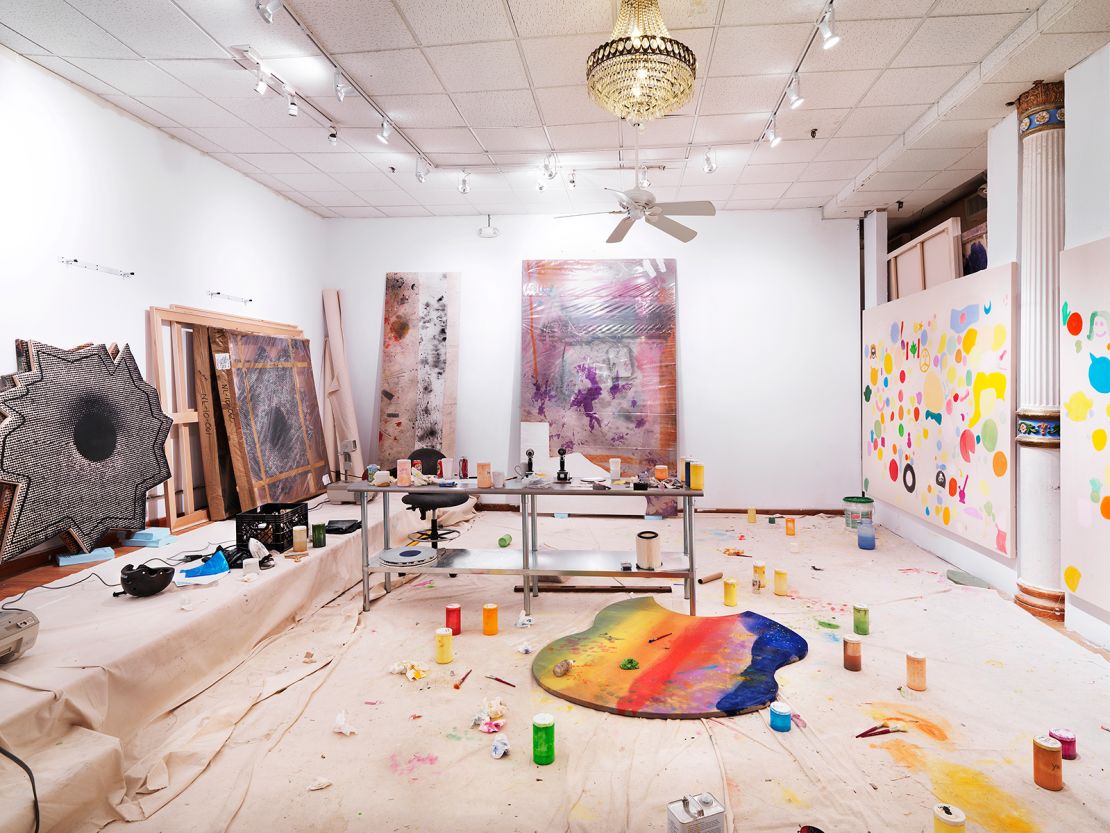
“When I was younger, I always privileged my studio over my living accommodations,” Lowman said over the phone. “For stretches, I would live in my studio in between apartments. But I must say, living and working in that room was incredibly fun and productive. It holds the traces of the artworks that were made there.”
Having rented out a variety of spaces over the years, Lowman developed a knack for optimizing each studio’s idiosyncrasies and charms. “The way you adapt to a room and work with its limitations – where you put the tools, which corner you spend time thinking and painting in – is analogous to the artistic process itself. I think it’s one of the reasons why people find studios so appealing.”
The studio is a trap
Abramović’s idea of an atelier is more intangible. The performance artist, who has long argued that routine is the end of everything, has spent long stretches of her career working out of a van. “I really dislike studios,” Abramović said on the phone from Munich, where her opera, “7 Deaths of Maria Callas,” has been delayed. “I’m a typical modern nomad. I don’t have this sense of home that many artists have, going to the studio every day to create. For me, that’s a trap.” Her SoHo office is “where I go to plan my projects,” she clarified.
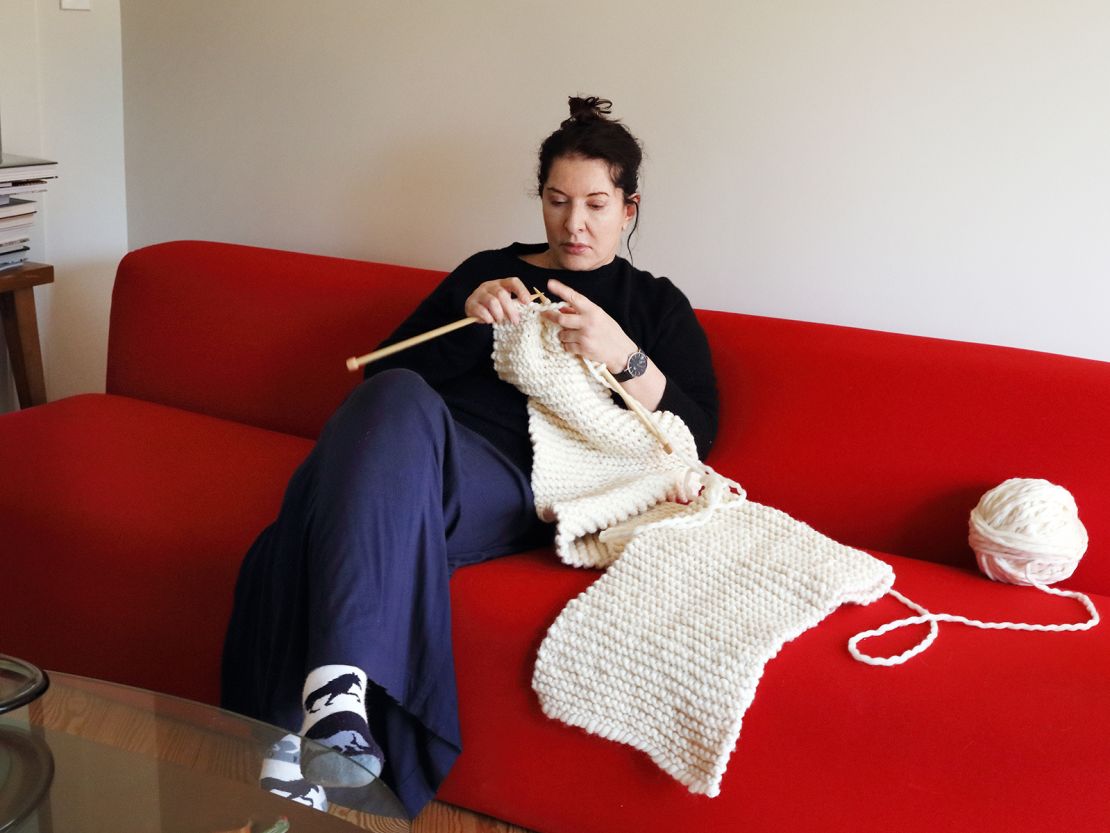
Anelli’s homey picture of a sofa-bound Abramović knitting a shawl subverts the typical portrait of a “solitary male genius” at work in his tool-strewn studio, an old-fashioned myth that’s unpacked in Anelli’s book. “It’s so interesting how artists like to be photographed in their studios in these heroic poses, standing in the middle of a huge setting, full of dangerous clutter and paint,” she said. “I prefer something more domestic.”
While Abramović likens daily studio visits to “being employed at a bank,” others, such as the late Brooklyn painter Joyce Pensato, considered her artifact-filled space as intrinsic to her practice. Pensato’s large-scale, sinister charcoal drawings of cartoon characters earned her fame late in life. Anelli described her studio as an installation of sorts. “In the bathroom, the kitchen, everywhere, there would be information about her idols and inspirations. It spoke to the soul and personality of Joyce,” he said.
The studio and the city
Upon first moving to New York, Anelli instantly knew it would be the focus of his work. “I’ve photographed its construction sites, Hurricane Sandy, marriages at City Hall and now its studios,” he said. Many spaces he visited for the project are steeped in New York’s erstwhile bohemian glory.
Chief among these is 222 Bowery Street, a landmark red-brick building that was once the city’s first YMCA brand, but found its true calling as a gathering spot for a generation of creative eccentrics, the aforementioned Rothko and Warhol among them. In the book, Anelli shows the units of late countercultural legends William S. Burroughs – who dubbed the building “The Bunker” – and John Giorno.
Despite the city’s prohibitive rent costs, New York remains the artistic capital of the nation. According to a 2017 study by the Center for an Urban Future, the city is home to 55,000 artists, more than ever before.
Abramović, an avowed workaholic who came to the city in the early aughts, reckons it’s still a great place for those who don’t mind the hustle and wish to hold a mirror to society. “It’s this incredible energetic epicenter. You wake up in the morning and everything vibrates,” she said. “You work like crazy, and the next day, you’re at it again. It’s complete restlessness. It’s just full of people making art.”
